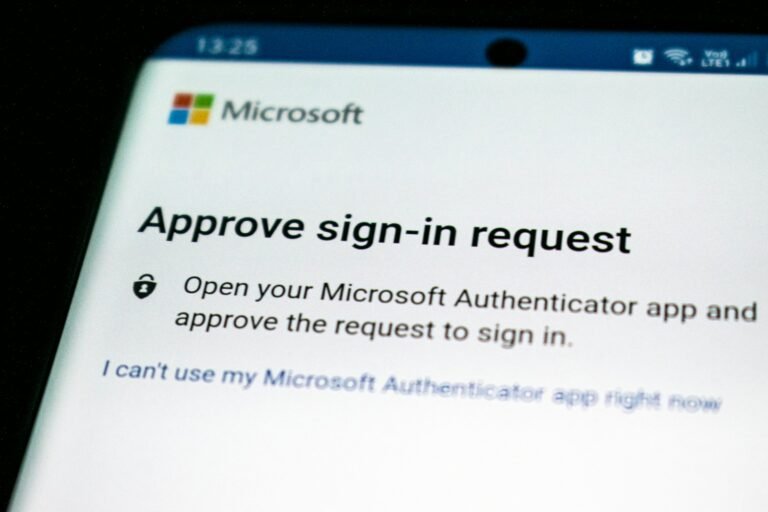Automation is transforming how penetration testing services are provided.
Pentesting remains one of the most effective methods for identifying real-world security weaknesses before adversaries can exploit them. However, as the threat landscape has evolved, the delivery of pentest results has not kept pace. Most organisations still depend on traditional reporting methods, such as static PDFs, emailed documents, and spreadsheet-based tracking. These outdated workflows introduce delays, create inefficiencies, and undermine the value of the work. Security teams require faster insights, tighter handoffs, and clearer paths to remediation. Automated delivery platforms like PlexTrac provide real-time pentest finding delivery through robust, rules-based workflows, eliminating the need to wait for final reports.
The static delivery of pentest reports has become a bottleneck in a dynamic world. Findings are often buried in lengthy documents that do not align with daily operations. Stakeholders must manually extract findings, create tickets in platforms like Jira or ServiceNow, and coordinate remediation tracking through disconnected workflows. This can result in days or weeks passing before remediation begins. As organisations adopt Continuous Threat Exposure Management (CTEM) and increase the frequency of offensive testing, the volume of findings grows rapidly. Automation helps teams keep pace by delivering results in real time, enhancing visibility across the entire vulnerability lifecycle.








